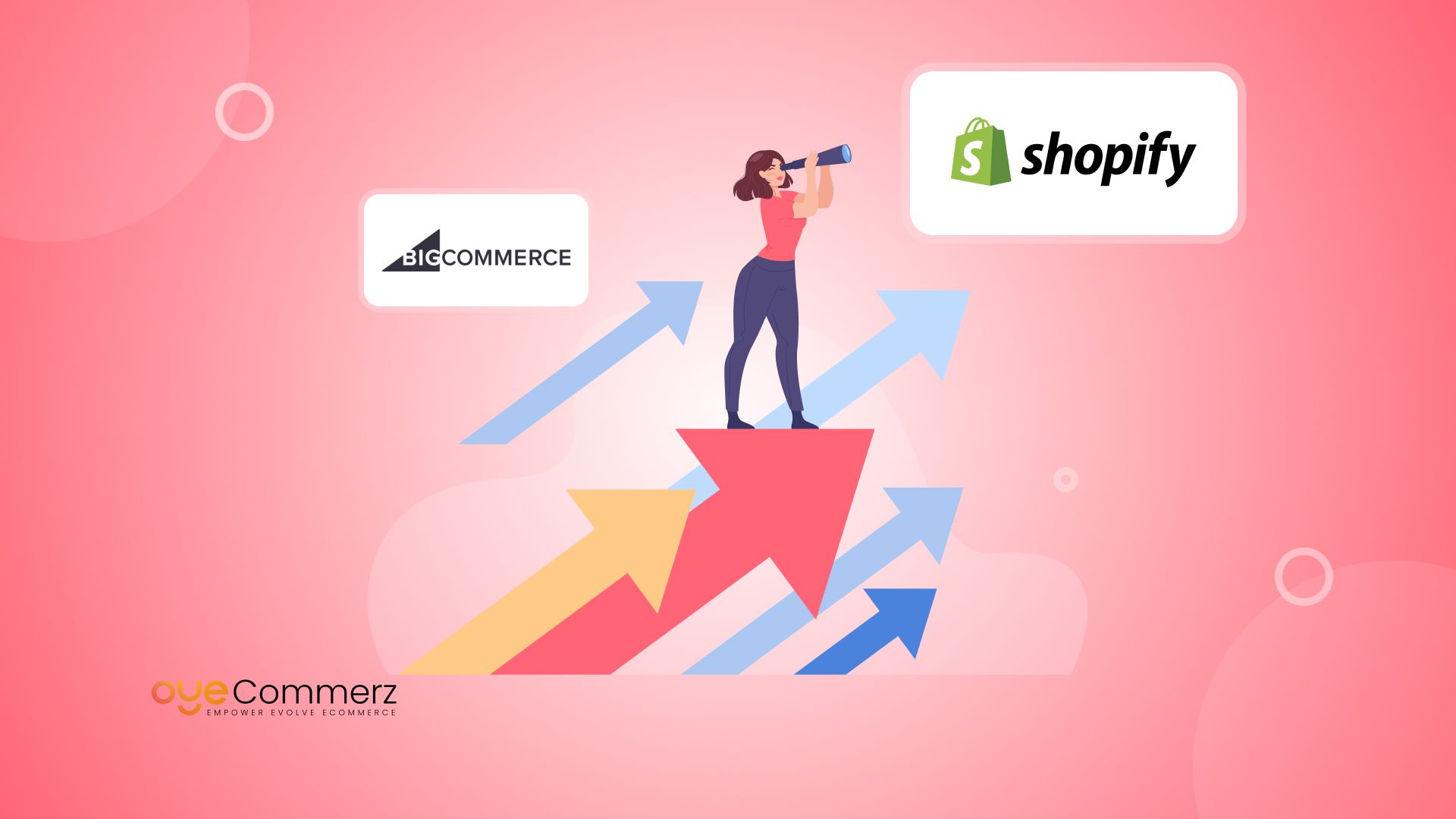Effortless Transition from WordPress to Shopify: Your Definitive Guide to E-commerce Success
Effortless Transition from WordPress to Shopify: Your Definitive Guide to E-commerce Success
Blog Article
Transitioning from WordPress to Shopify marks an exciting step in optimizing your online store operations. As businesses grow, selecting a platform that supports growth potential, user experience, and flexibility becomes crucial. Shopify is widely recognized as a favorite for e-commerce professionals, offering superior flexibility, data protection, and ease of use. In this guide, we will delve into why this migration is a game-changer, discuss the advantages, and provide practical tips to facilitate a seamless move.
1. Why Migrate from WordPress to Shopify?
The combination of WordPress and WooCommerce, has served countless e-commerce platforms. Nevertheless, as businesses scale, issues like plugin dependency, security vulnerabilities, and complex setups often obstruct progress. Shopify, designed explicitly for e-commerce, eliminates these issues with an all-in-one, user-friendly platform. Real data supports this shift—Shopify hosts over 4.4 million stores worldwide, with a reported 10% increase in sales performance for many businesses after migration.
2. Shopify's Perks for Thriving Online Stores
Shopify’s robust ecosystem is tailored for scaling businesses. Its standout benefits are:
- Seamless Customization: Shopify offers over 80 professionally designed themes.
- Integrated Tools: Features like Shopify Payments and built-in SEO save time and effort.
- Global Reach: Currency versatility and regional customization enable businesses to reach global markets.
Additionally, Shopify delivers an availability percentage of 99.98%, ensuring your store is always operational.
3. Preparing for WP to Shopify Migration
Prior to starting the migration process, assess your existing setup. Review product data, customer details, and search engine rankings. Resources such as Shopify’s Migration Kit or third-party solutions can simplify this process. Develop a comprehensive plan, making sure all assets—item details, media files, and blog content—are ready for seamless import.
4. The Importance of Accurate Data Migration
Data migration forms the foundation for a smooth platform switch. When moving from WP to Shopify, prioritize:
- Inventory Details: SKU, descriptions, and groupings.
- Customer Data: Emails, purchase records, and preferences.
- Search Engine Considerations: Preserve meta tags, URLs, and forwarding paths to avoid SEO losses.
Leverage tools such as LitExtension to streamline data transfer while minimizing errors.
5. Customizing Your Shopify Store
After the move, personalizing your Shopify store ensures it reflects your business identity. Utilize Shopify’s drag-and-drop editor to create layouts with ease. Shopify's templates are mobile-responsive, ensuring a smooth UX across Shopify migration tools platforms—a key point, given 74% of online shopping is generated by mobile visitors.
6. Maintaining SEO During Migration
Search engine optimization is crucial for maintaining your visibility during migration. Shopify is highly optimized for search engines with clean URL structures, built-in optimization tools, and smooth content management. Make sure you:
- Set up URL forwarding for existing links.
- Enhance updated content Shopify migration process with targeted phrases.
- Leverage plugins like Plug in SEO to track analytics after the switch.
7. Post-Migration Testing
Once the migration is complete, conduct thorough testing.
Check: - Page load times (Shopify boasts faster speeds compared to WP).
- Functionality of payment gateways and checkout processes.
- Mobile responsiveness.
Testing ensures your store delivers a seamless shopping journey from the start.
8. Case Study of a Successful Migration
An example of effective platform switching is Gymshark, a sportswear company that transitioned to Shopify. Post-migration, the company experienced a 60% increase in mobile sales and significantly lowered site downtime. This highlights the potential of Shopify in enhancing e-commerce growth.
9. Challenges and Solutions
Migration comes with challenges, such as data integrity and adjusting tailored features. However, Shopify’s extensive assistance and external professionals simplify the process. Partnering with experienced Shopify developers helps guarantee a smooth transition.
10. Starting Your Journey with Shopify
Switching from WP to Shopify marks a strategic decision to e-commerce. By addressing scalability, streamlining operations, and enhancing the customer experience, Shopify enables companies to succeed in challenging industries.
Conclusion
Transitioning from WordPress to Shopify offers a smart solution that can significantly boost your e-commerce success. With a robust migration plan, the right tools, and expert support, you can unlock new success milestones.
Excited to start the journey? Let’s discuss how our Shopify migration services can revolutionize your e-commerce platform. Get in touch today, or consider: Can your business afford to miss out on Shopify’s growth potential?
 Report this page
Report this page